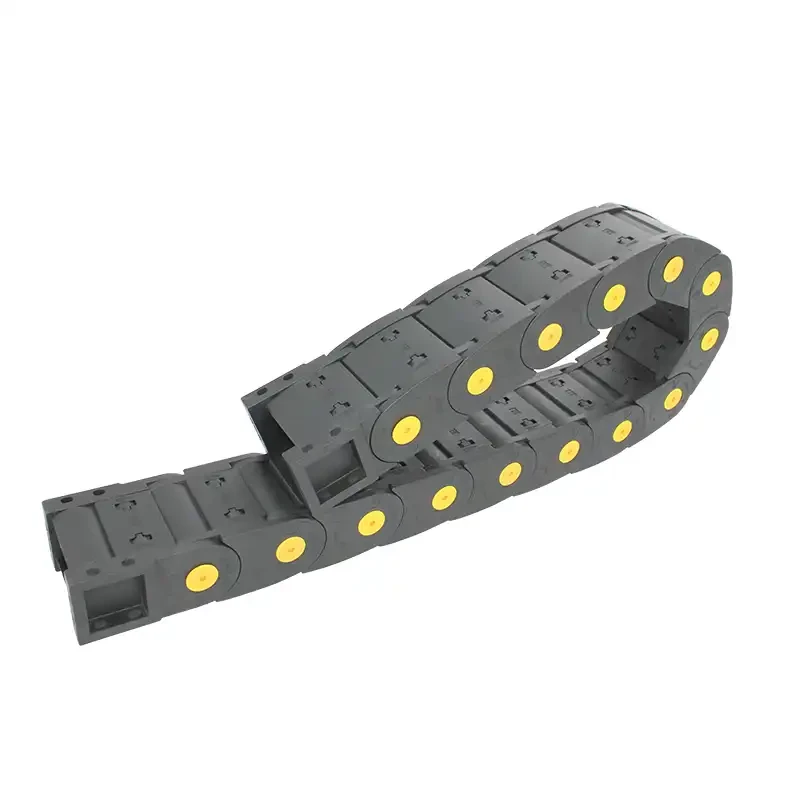corrugated flexible tube
Understanding Corrugated Flexible Tubes Applications, Benefits, and Manufacturing
Corrugated flexible tubes, often referred to as flexible conduits or hoses, are essential components in various industries due to their unique properties and functionalities. These tubes are typically made from materials such as plastic or rubber and feature a series of alternating ridges and grooves along their length, granting them flexibility and strength. This article delves into the characteristics, applications, advantages, and manufacturing processes of corrugated flexible tubes.
Characteristics of Corrugated Flexible Tubes
The primary characteristic of corrugated flexible tubes is their adaptability. The corrugated design allows for bending and twisting without compromising structural integrity. This flexibility makes them ideal for applications that require movement or adaptability to tight spaces. Additionally, these tubes are lightweight yet robust, offering good resistance to abrasions, chemicals, and temperature variations. Notably, many flexible tubes are also designed to be airtight and watertight, making them suitable for various environmental conditions.
Applications in Various Industries
Corrugated flexible tubes find uses across numerous sectors, underscoring their versatility
1. Automotive Industry These tubes are employed in vehicles for various purposes, including conveying fluids (like oil and coolant), managing air intake, and housing electrical wiring. Their ability to withstand extreme temperatures and vibrations makes them particularly valuable in this context.
2. Construction In construction projects, corrugated flexible tubes are often used for drainage systems, ensuring proper water flow and preventing flooding. Their flexibility allows them to be installed in curved pathways, accommodating various terrain shapes.
3. Electronics These tubes are crucial in protecting electrical wires and cables from damage. Their lightweight nature and flexibility facilitate easy installation in complex electronic assemblies, while their moisture-resistant features enhance safety.
4. Agriculture Farmers use corrugated flexible tubes for irrigation systems, facilitating the distribution of water in gardens and fields. Their durable construction ensures longevity, even under harsh environmental conditions.
5. HVAC Systems In heating, ventilation, and air conditioning (HVAC) systems, these tubes are often utilized to transport air efficiently. Their design minimizes airflow resistance, promoting improved energy efficiency.
Advantages of Corrugated Flexible Tubes
The benefits of corrugated flexible tubes extend beyond basic flexibility. Some of the key advantages include
corrugated flexible tube

- Durability The materials used in manufacturing these tubes offer excellent resistance to wear and tear, ensuring a longer service life.
- Versatility With a wide range of sizes, materials, and configurations, these tubes can be tailored to meet diverse needs across various applications.
- Ease of Installation Their lightweight and flexible nature simplifies the installation process, allowing for quicker setup and adjustments.
- Cost-Effectiveness Due to their durability and longevity, corrugated flexible tubes often prove to be a cost-effective solution in the long run, reducing the need for frequent replacements.
Manufacturing Process
The manufacturing of corrugated flexible tubes involves several key steps
1. Material Selection The process begins with choosing appropriate raw materials, such as thermoplastic elastomers (TPE), polyethylene, or rubber composites, depending on the intended application.
2. Extrusion The selected material is then melted and extruded through a die that forms the desired tube shape. During this step, the corrugated design is created, often using a specialized tooling technique to ensure consistent groove and ridge sizes.
3. Cooling and Sizing After extrusion, the tubes are cooled and sized to meet precise dimensional requirements. This step is critical to ensure that the final product maintains structural integrity under various operating conditions.
4. Finishing Touches Additional processes such as printing, cutting, and surface treatment may be applied to enhance the functionality and aesthetics of the tubes.
5. Quality Control Finally, rigorous testing and quality control measures are performed to ensure that the tubes adhere to industry standards and customer specifications.
Conclusion
In summary, corrugated flexible tubes are crucial components in modern industry due to their adaptability, durability, and versatility. Their applications across automotive, construction, electronics, agriculture, and HVAC sectors illustrate their indispensable role in optimizing performance and efficiency. As technology advances, the manufacturing processes for these tubes continue to evolve, reflecting the ongoing demand for innovative solutions in a variety of fields. Understanding their characteristics and potential can help businesses leverage their benefits effectively, ensuring operational success in an increasingly competitive marketplace.








